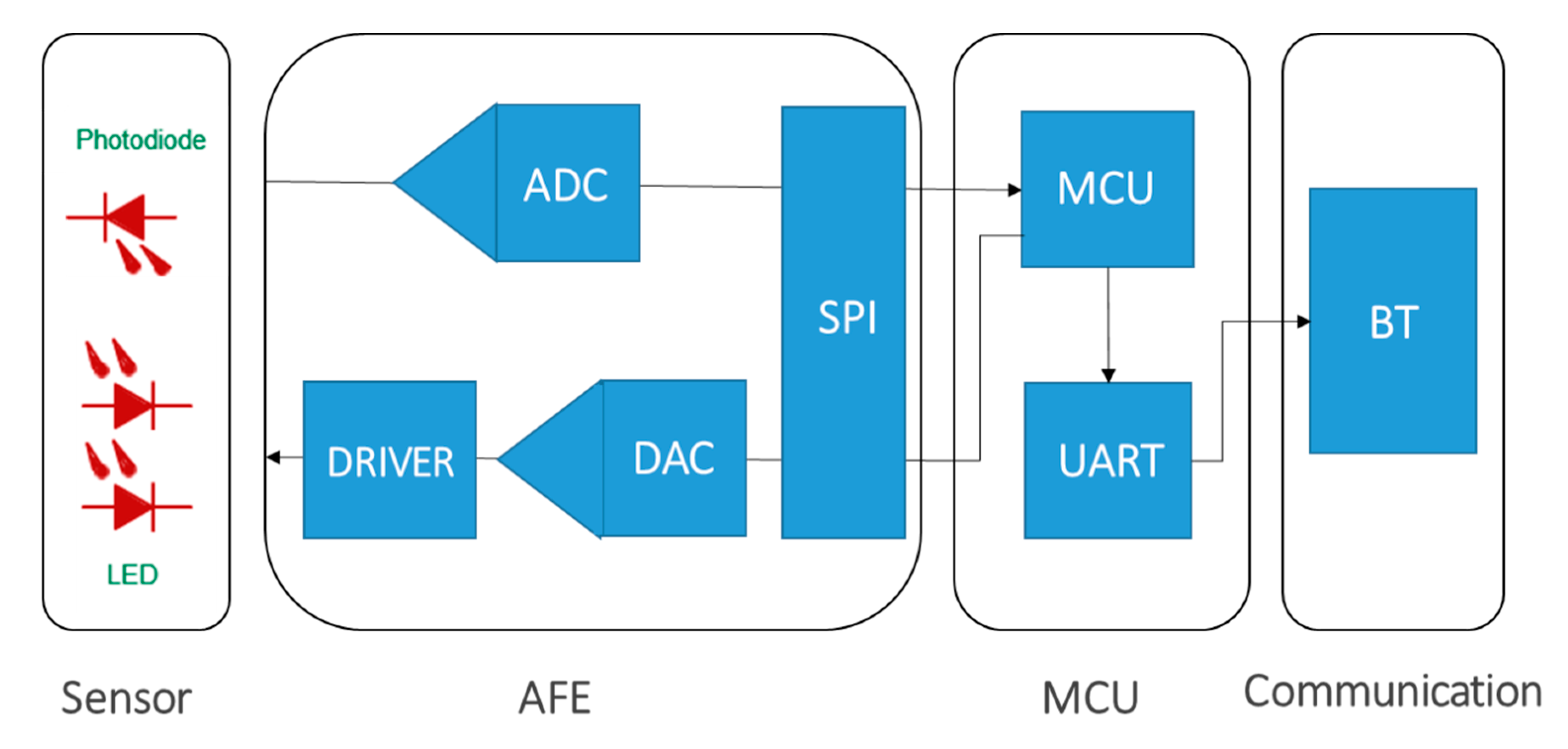Figure 1 from Design of a portable low Circuit Diagram Modify the loop() function to read heart rate and oxygen saturation data from the MAX30102 sensor and display it on the OLED display. Usage. After wiring according to ECAD, upload modified code to the Arduino Mega. Place middle finger of dominant hand on MAX30102 sensor and see heart rate and oxygen saturation readings on OLED. The MAX30100 sensor is used as both a heart rate monitor and a pulse oximeter. These features are enabled by the construction of this sensor which consists of two LEDs, a photodetector, optimized optics, and low noise signal processing components. Blood oxygen saturation and heart rate are found using these these two key features. We will

This project involves developing a Heart Rate Monitoring Device using an Arduino UNO, an analog heart rate sensor, an OLED screen, an HC-05 Bluetooth module, a piezo buzzer, a vibration motor, and an LED.The system continuously monitors heart rate and displays it on an OLED screen. Additionally, it transmits the heart rate data to a smartphone app via Bluetooth for remote monitoring with a To measure the Heart Rate, i.e., the beats per minute, that we placed an Infrared Led(980nm) beside a Photodiode, and made it a compact capsule so that they don't move while taking readings, and placed a black cover around them to protect it from ambient light. As soon as we encounter a peak, a timer gets started and measures the transit time

MAX30100 Pulse Oximeter Interfacing with ESP32 Circuit Diagram
It consists of two light-emitting diodes, one photodetector, optimized optics, and low-noise analog signal processing to detect pulse oxygen saturation and heart rate signals. 1.By simply placing a finger on the sensor, it is possible to estimate the pulse oxygen saturation (SpO2) and pulse rate (equivalent to heartbeat).

A heart rate monitor is a key component of any IoT-based health monitoring system. By Buying a heart rate sensor Arduino and a compatible board, you can create a simple yet reliable heart rate monitoring device. Components Needed: Arduino UNO R4 WiFi (or other compatible Arduino boards) Pulse Sensor (PPG sensor such as MAX30102 or BPM280) LCD Read Heart Rate using MAX30100 and ESP32. To find the heart rate (BPM) and Oxygen Saturation (SpO2) using MAX30100, we will use the I2C communication protocol and display the readings on the serial monitor of Arduino IDE. For the interface, we will use.MAX30100lib by OXullo Intersecans. The working of MAX30100 can be divided into two parts: Heart Rate Measurement and Pulse Oximetry (measuring the oxygen level of the blood). Heart Rate Measurement. The oxygenated hemoglobin (HbO2) in the arterial blood has the characteristic of absorbing IR light. The redder the blood (the higher the hemoglobin), the more IR light is absorbed.
